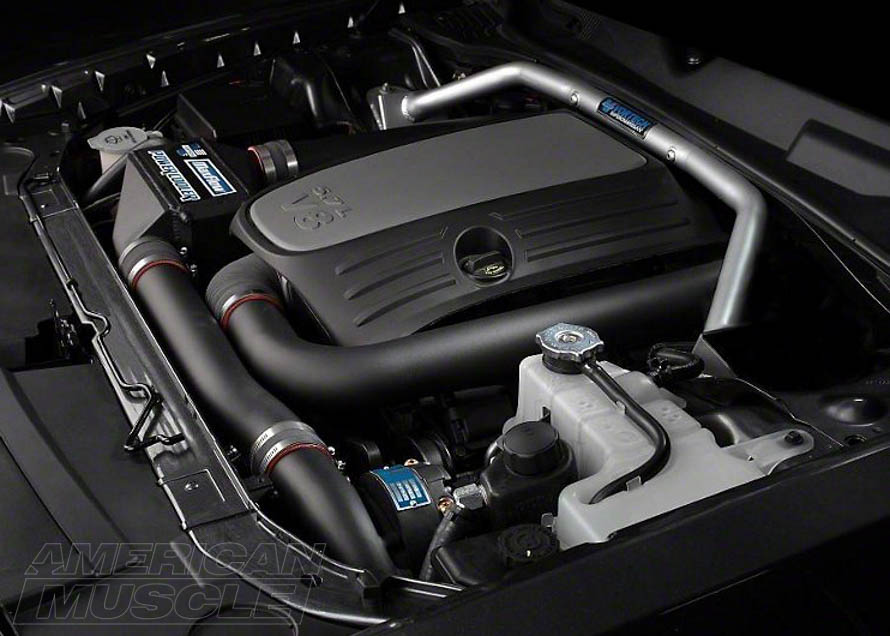Like a match made in heaven, the third-gen Challengers would be paired with third-gen Hemi engines. A lot of things separate the third generation of Hemis from the second. The block, pistons and almost every internal part is largely different. Though, the hemispherical combustion chamber has been carried over.
The displacement of the second-gen Hemis is considerably smaller than the second. The first engines we seen dropped in the Challenger were the 5.7 and 6.1-liter engines. Despite their smaller size, these engines are no slouches in comparison of power.
The first wave of 5.7 Hemis was capable of producing 370 horsepower and 398 lb-ft of torque. The 6.1, which was paired with earlier SRT8 Challengers, came out swinging a slightly larger stick. These engines were capable of producing a similar 425 horsepower to the 426s, on paper, and a whopping 420 lb-ft of torque.
After their initial run in the Challengers from 2008-2010, the 5.7 was taken back and revised. After a few tweaks, the engine produces 375 horsepower and 410 lb-ft of torque. The 6.1 was also replaced around the same time. Dodge introduced the 6.4 liter 392 Hemi.
This engine was much more powerful and from 2010-2014 it produced 470 horsepower and 470 lb-ft of torque. In 2015 it too would be revised, like the 5.7 was earlier, and would produce 485 horsepower and 475 lb-ft of torque. Though, growing in power year after year, the 5.7 and 392 were quickly overshadowed by the most powerful Hemi engines ever produced.
Gen 3 Hemi Power Output
- 5.7L (2008-2010) 370hp & 398lb-ft
- 5.7L (2011-current) 375hp & 410lb-ft
- 6.1L (2008-2010) 425hp & 420lb-ft
- 6.4L (2011-2014) 470hp & 470lb-ft
- 6.4L (2015-current) 485hp & 475lb-ft
